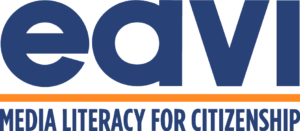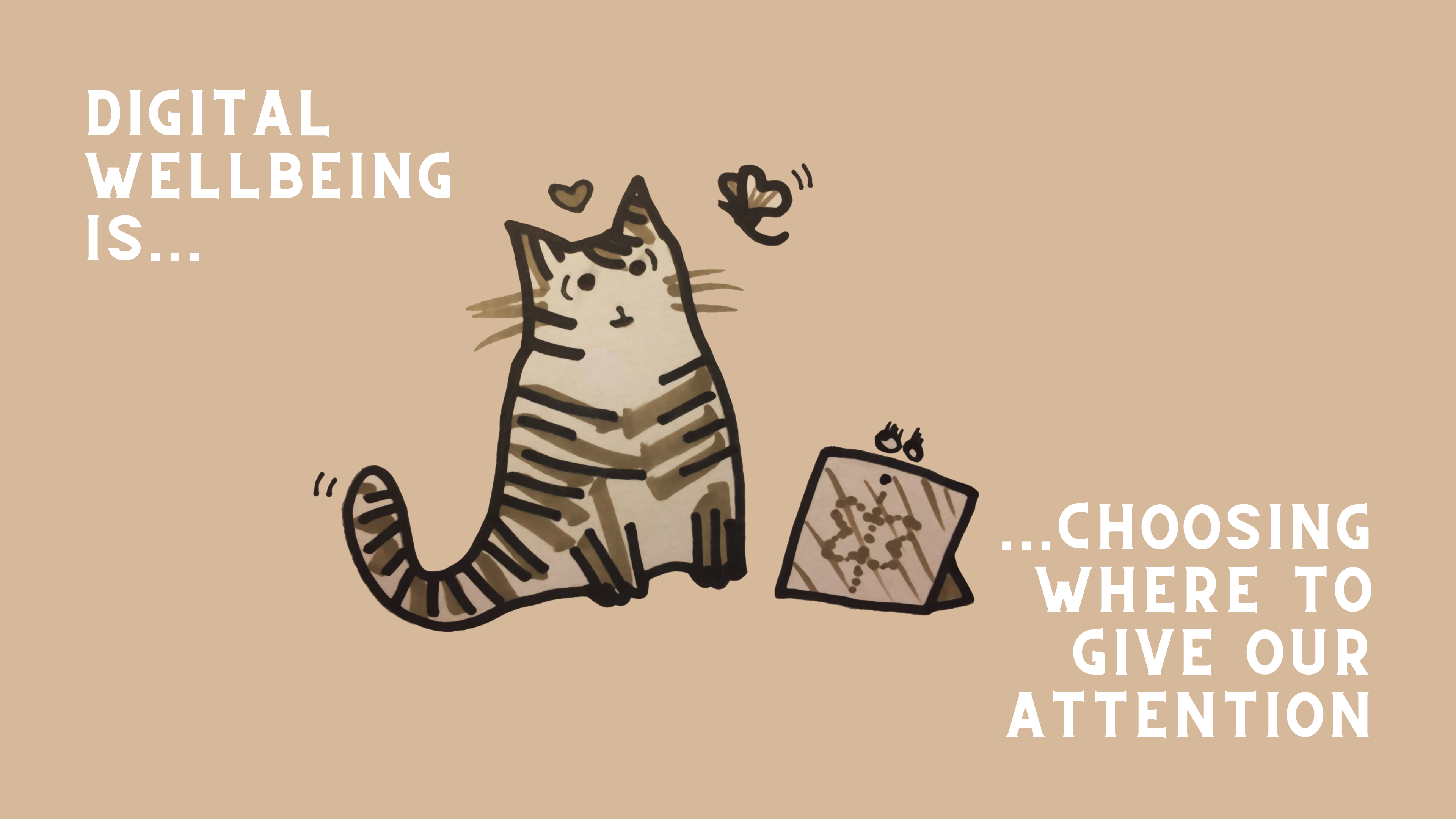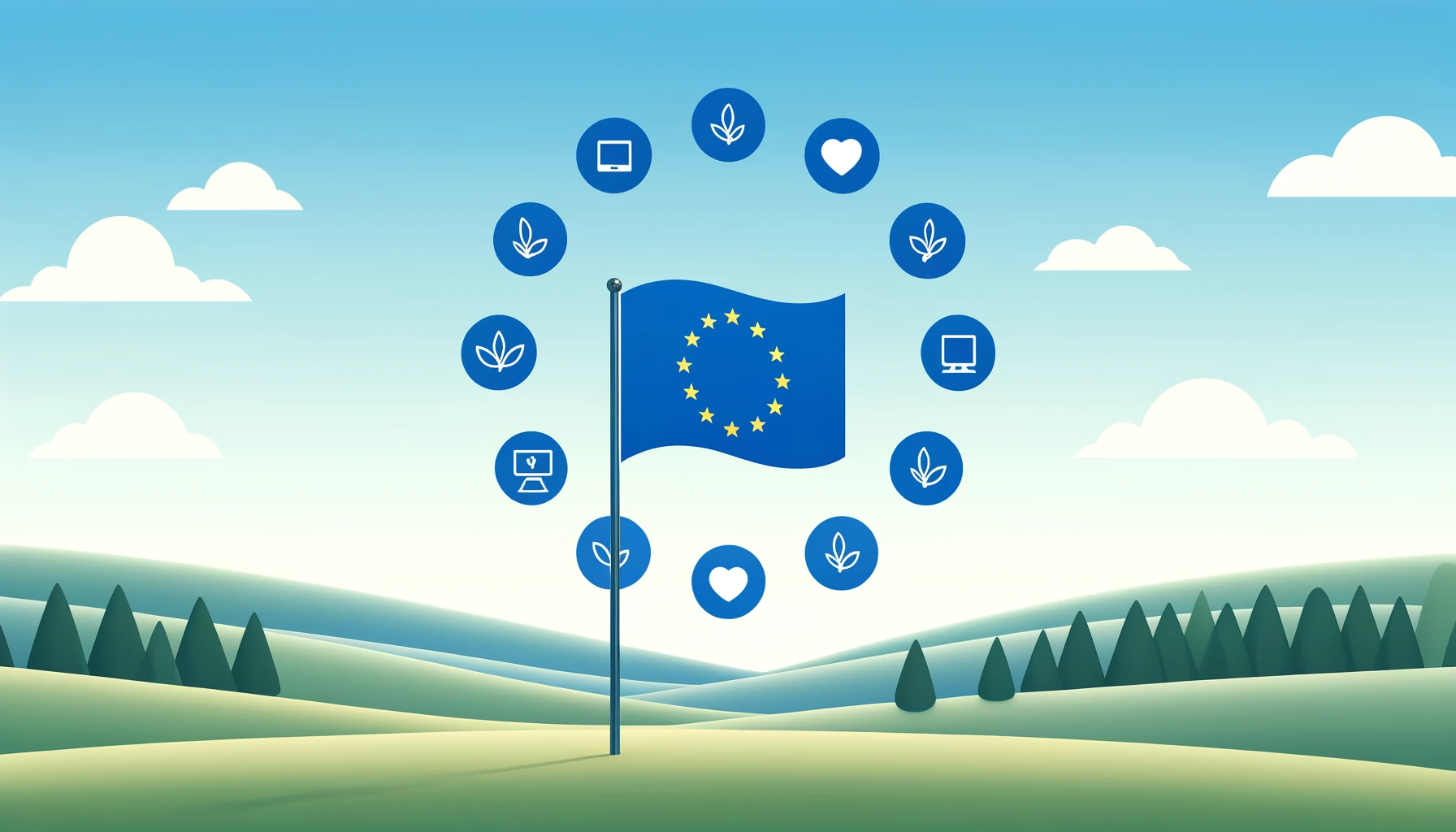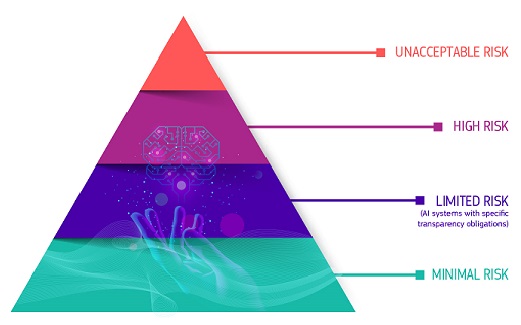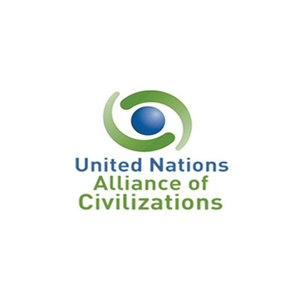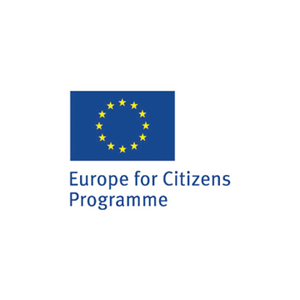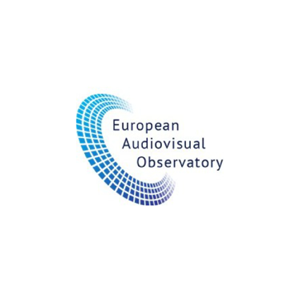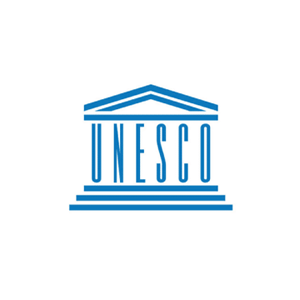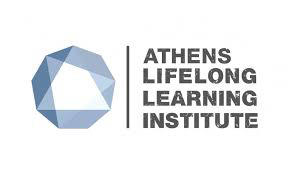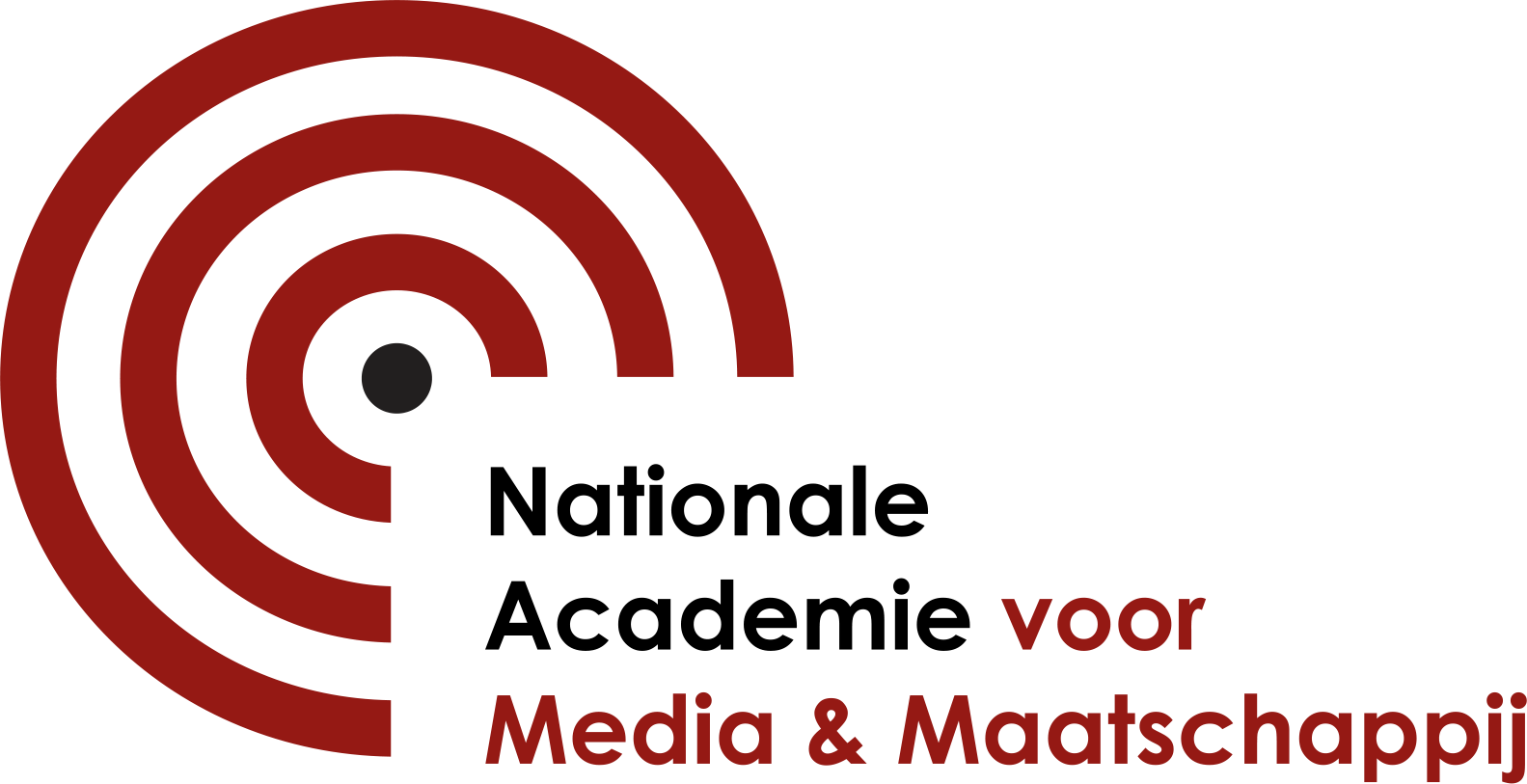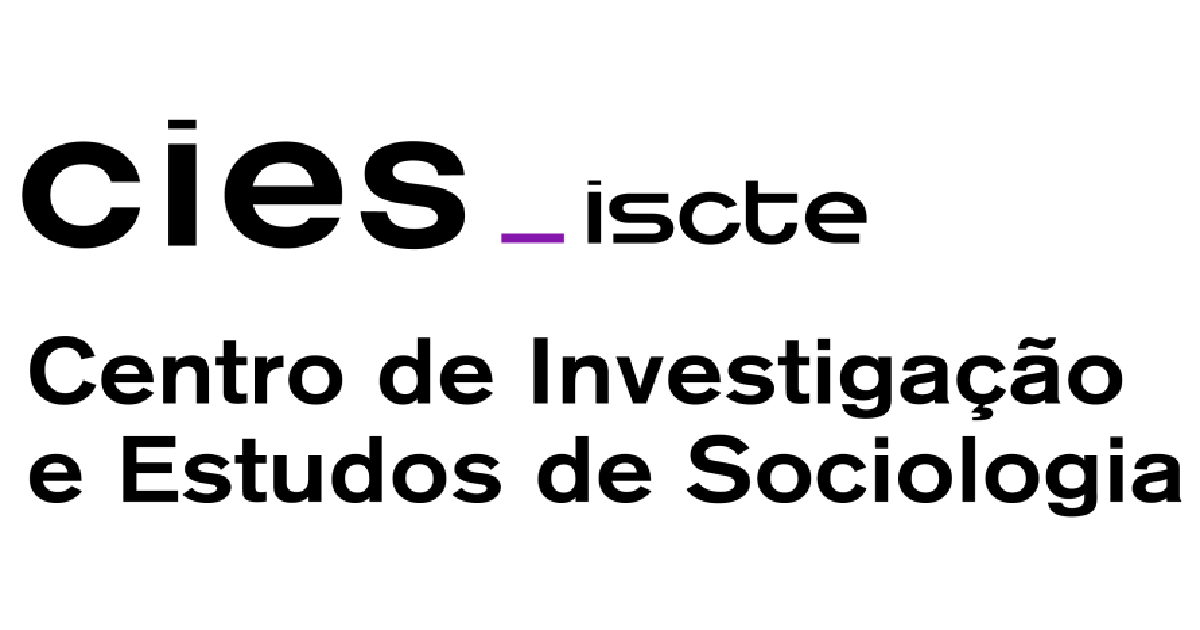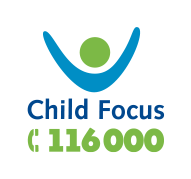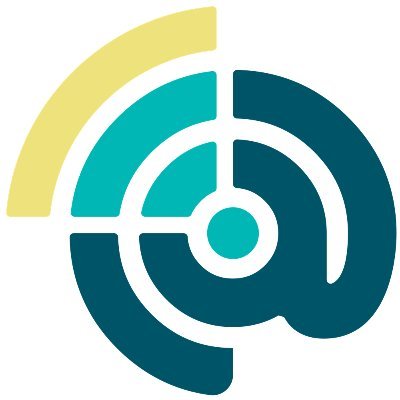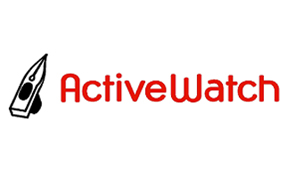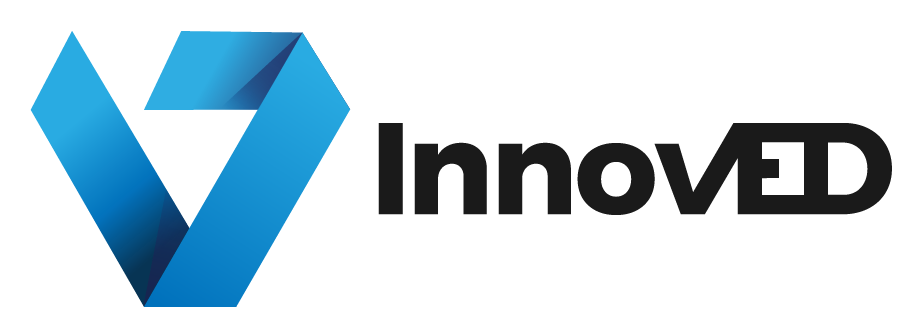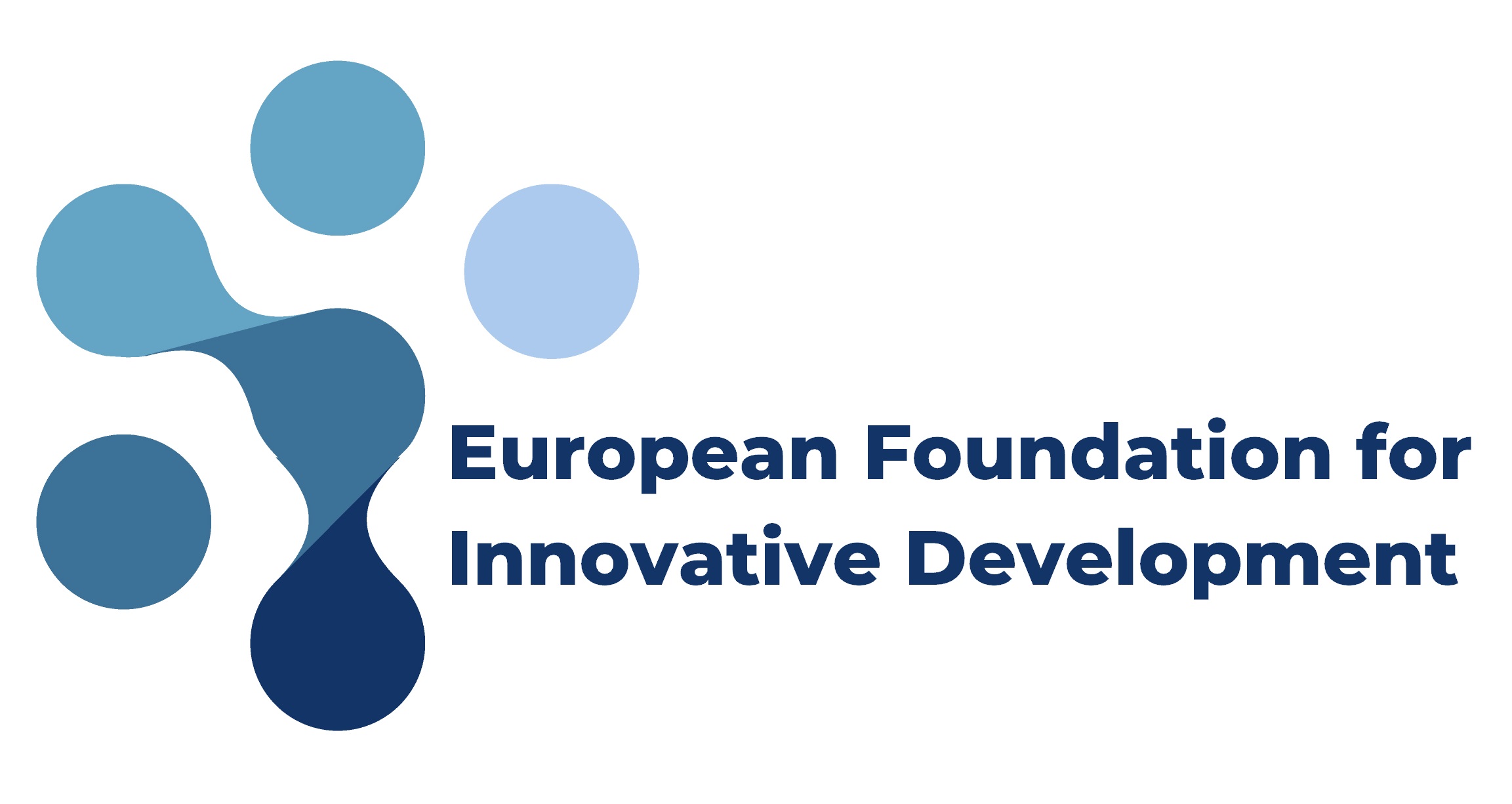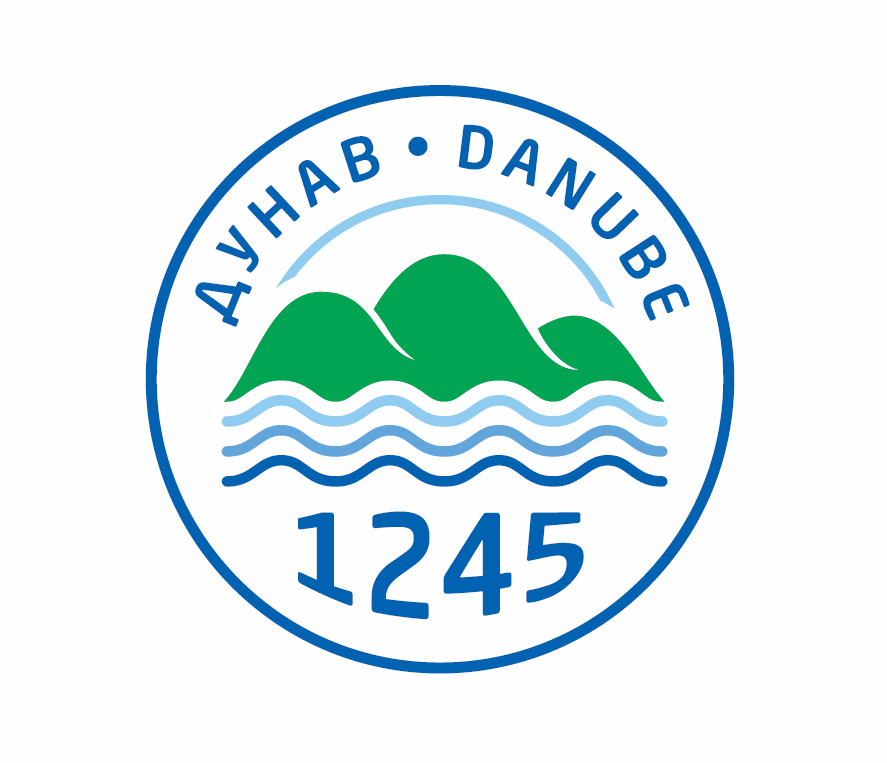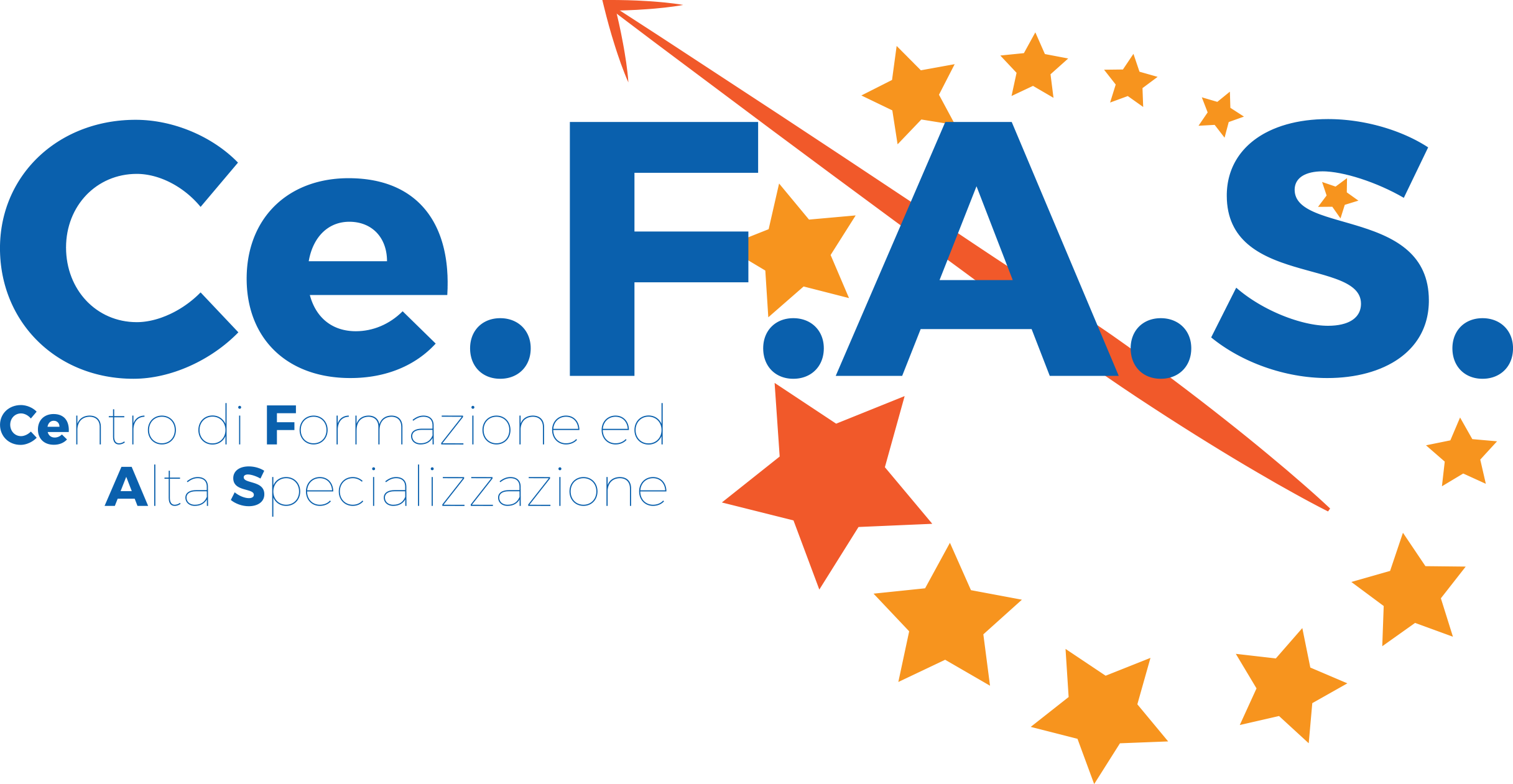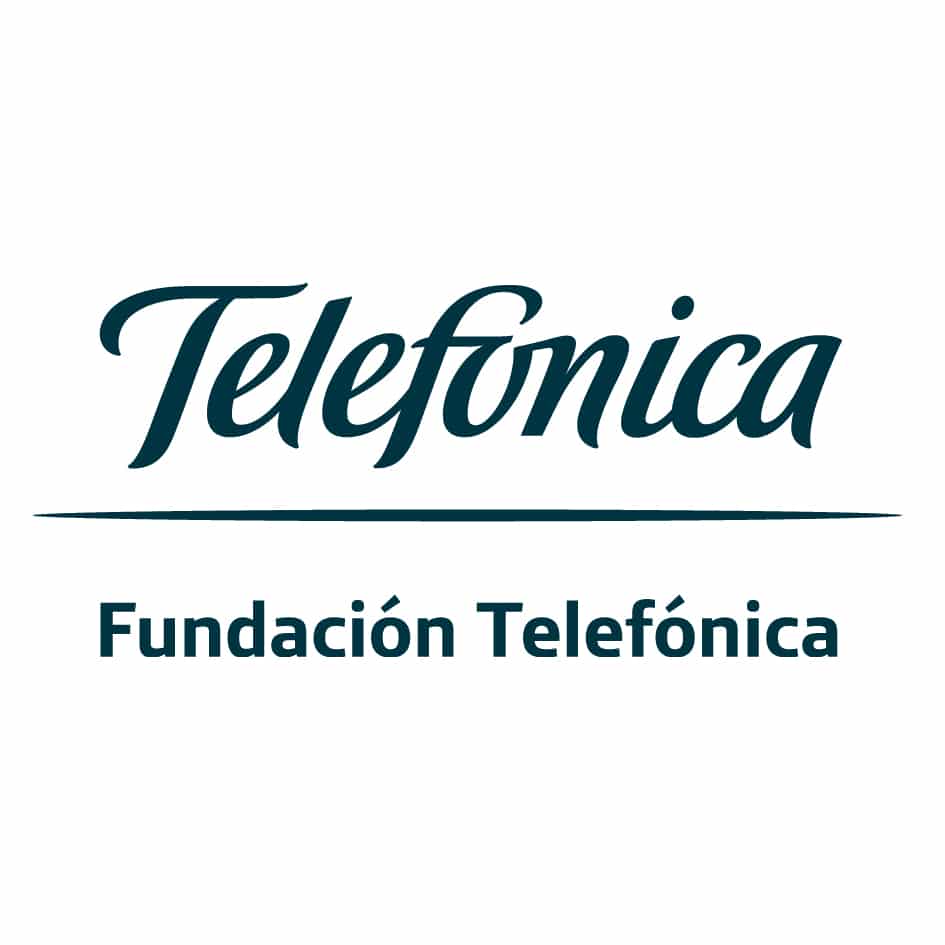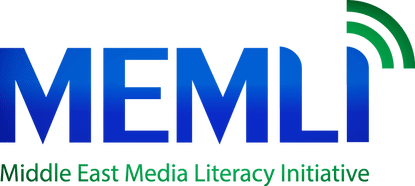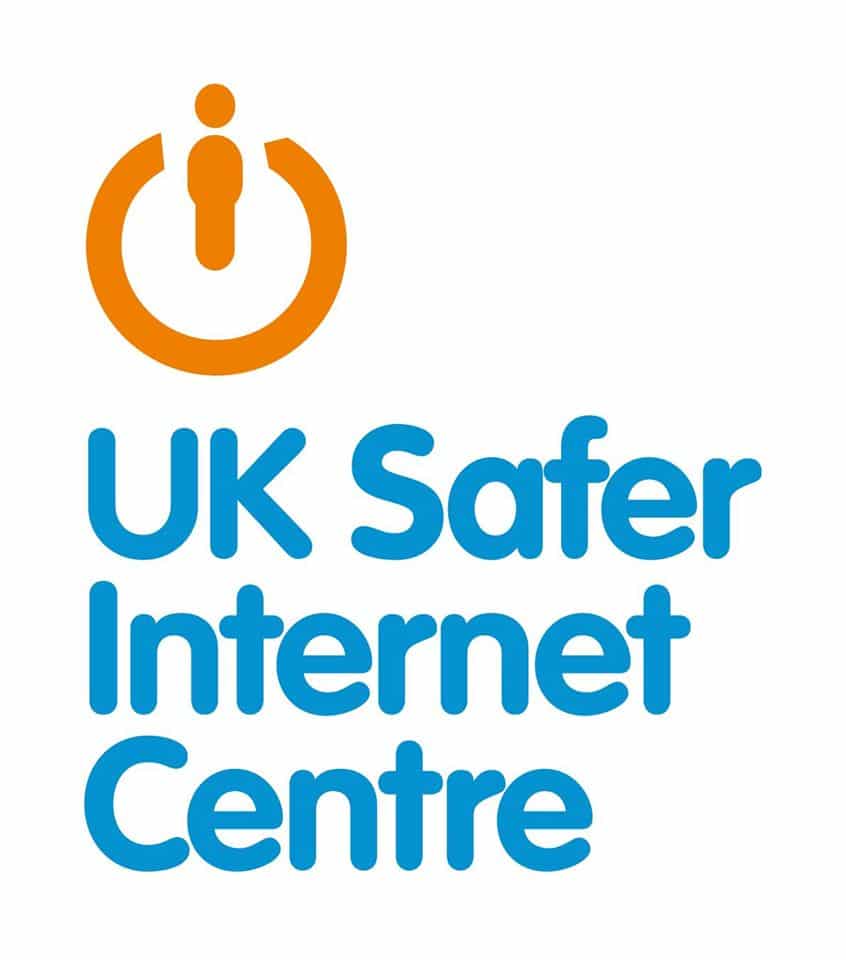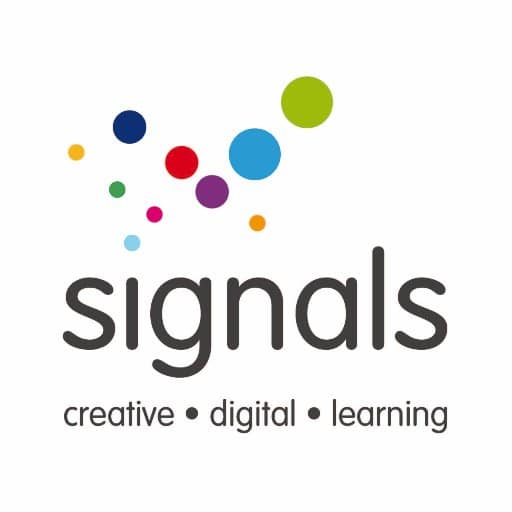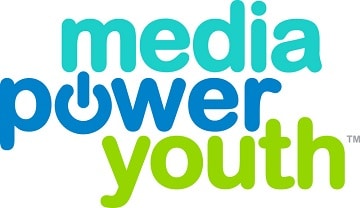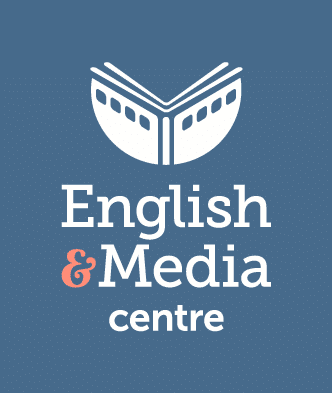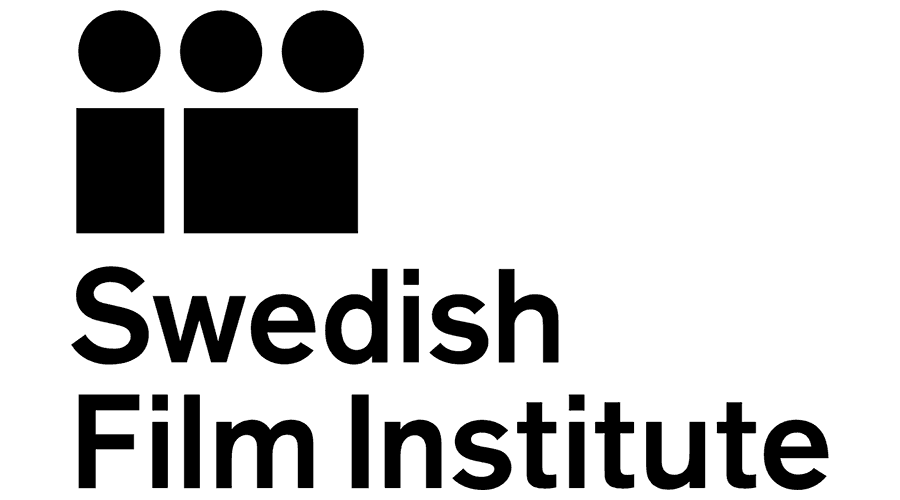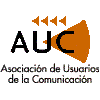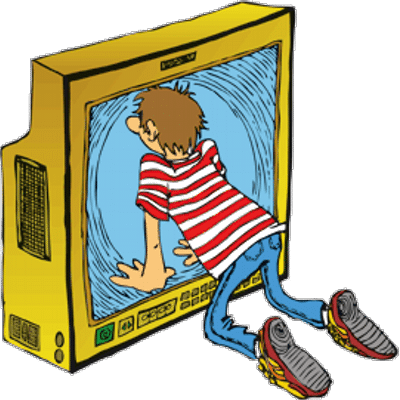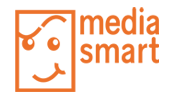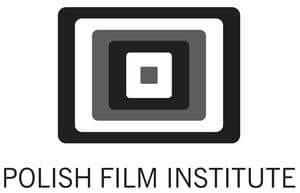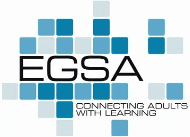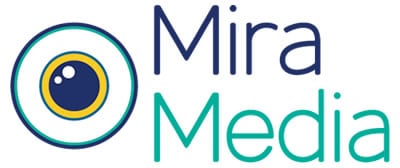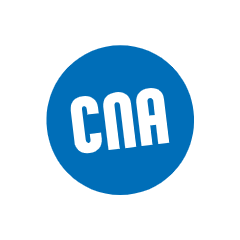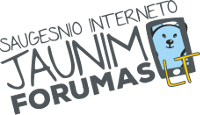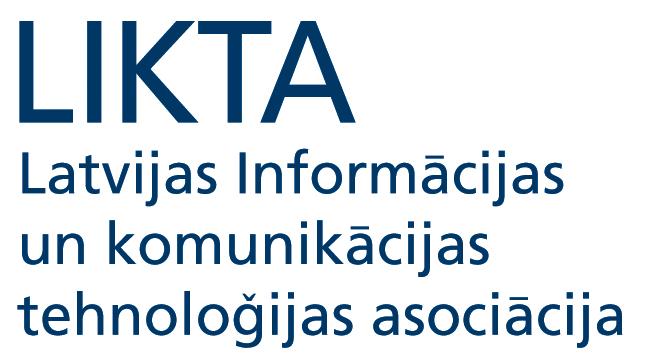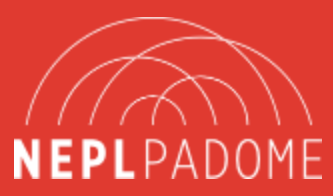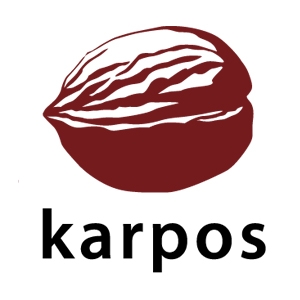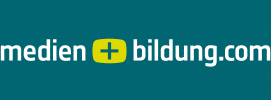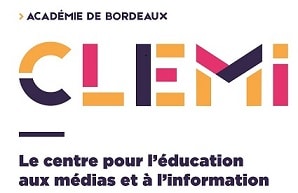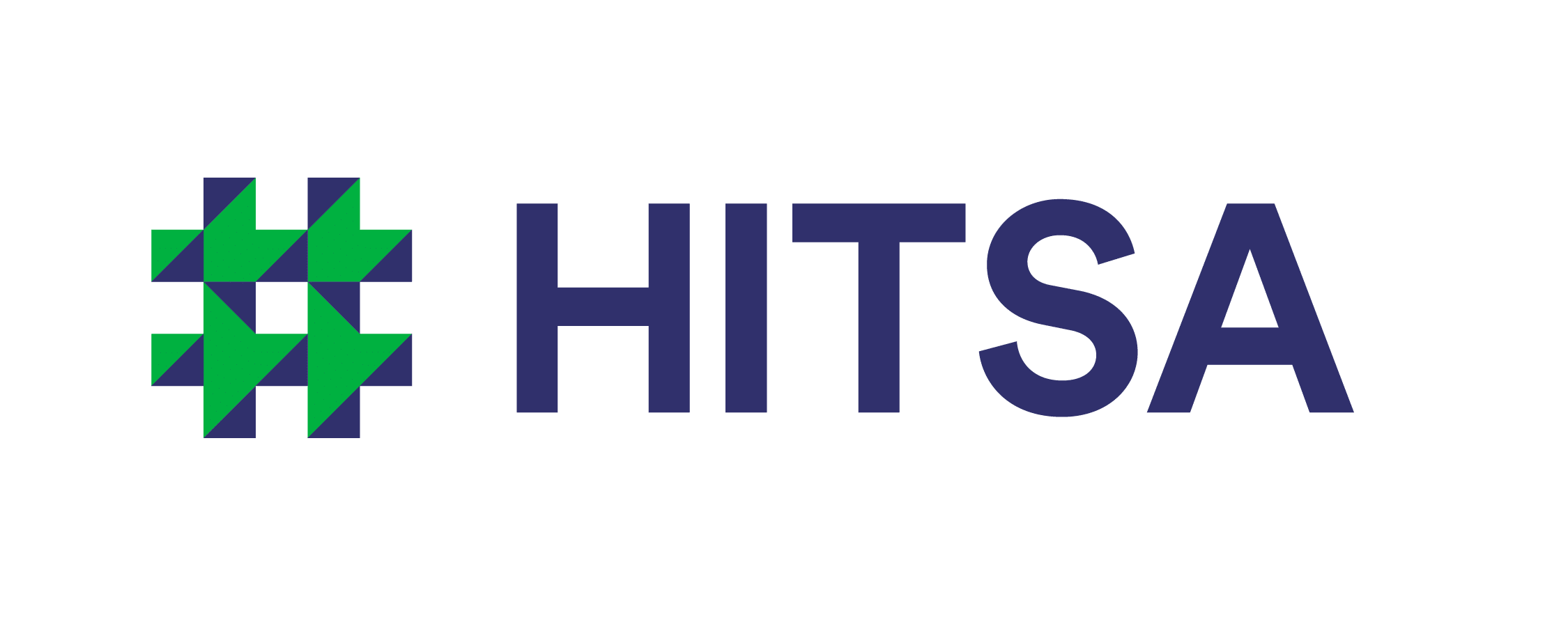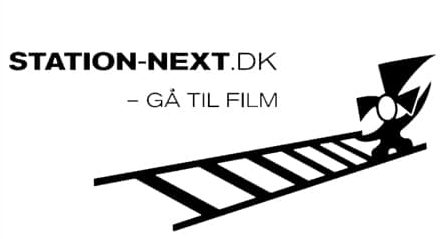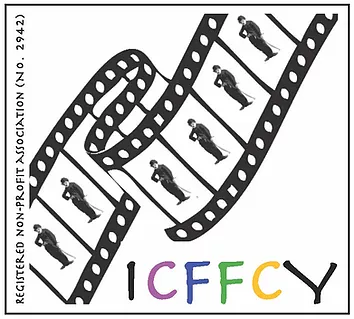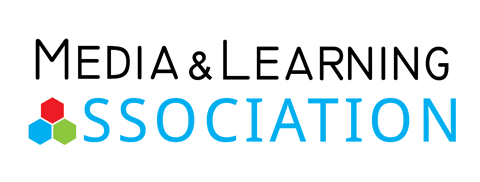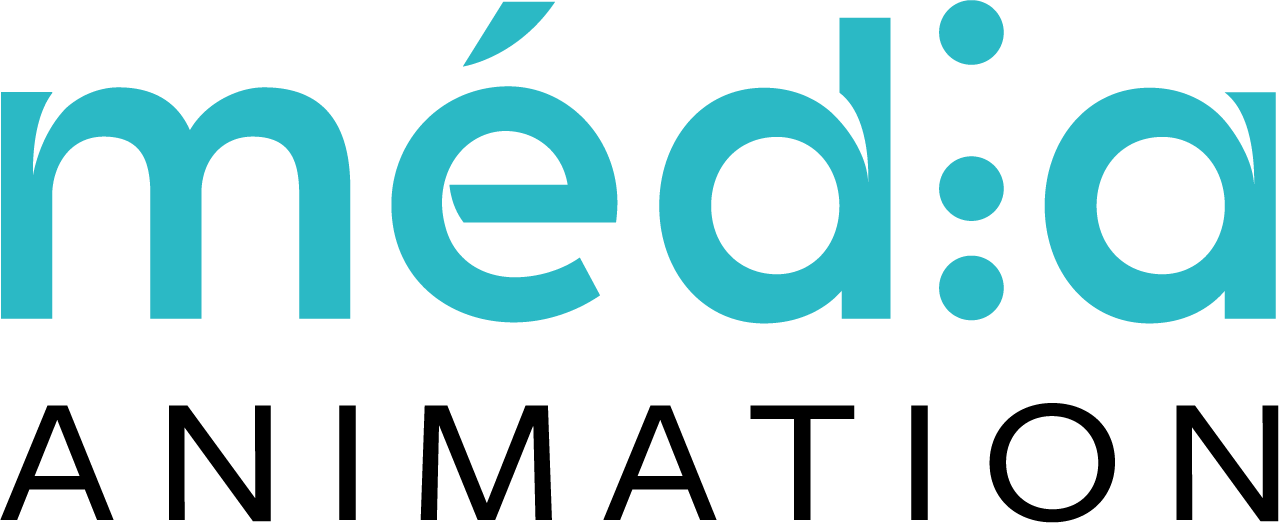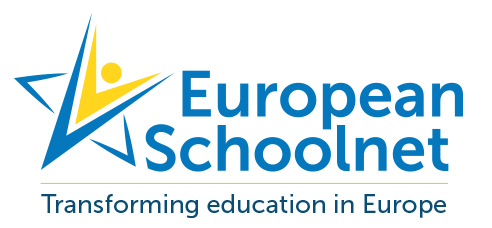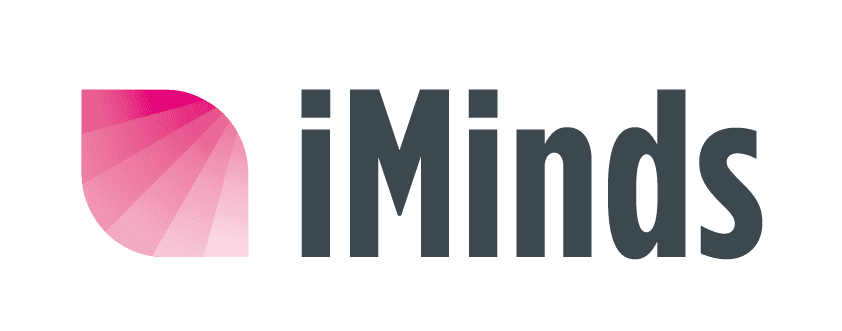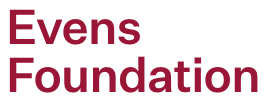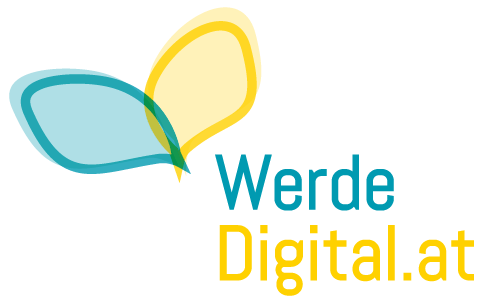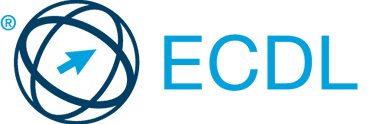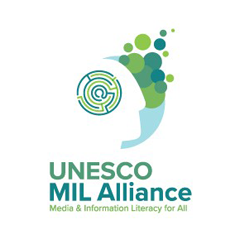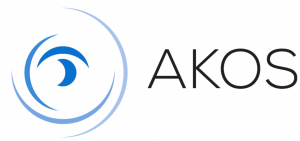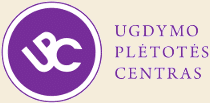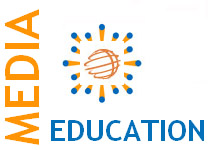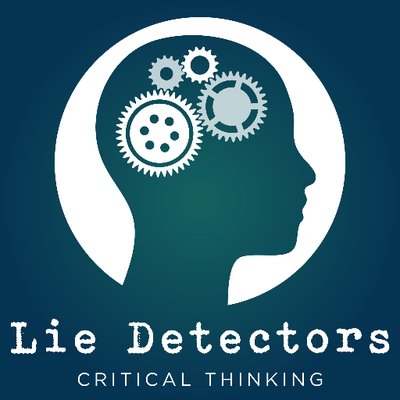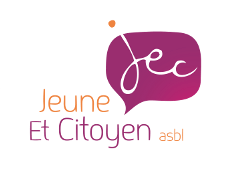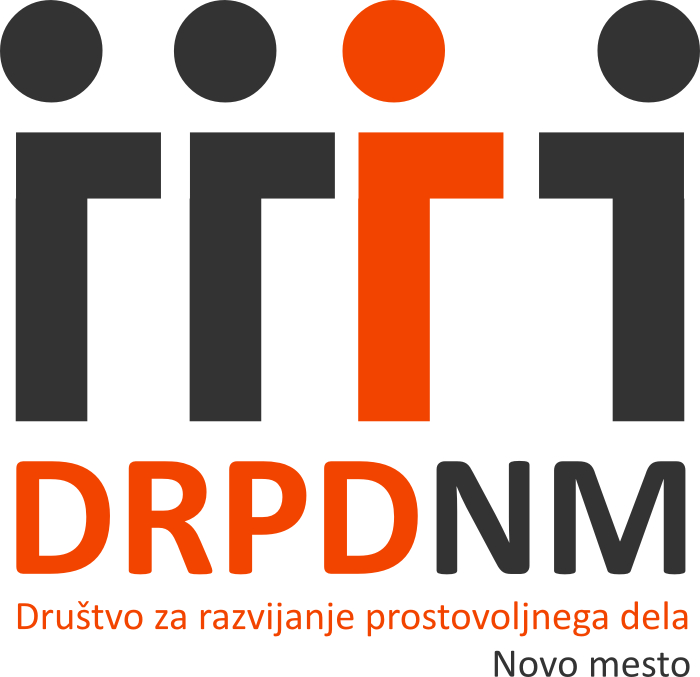
EAVI theme of the year 2021: Digital Well-Being
We live in an era of rapid technological advances. Our everyday lives are inseparably linked with the digital world. Especially now that COVID-19 has brought so many changes, communication through digital media is influencing greatly our education, work, and entertainment. We keep connecting and disconnecting with our gadgets, and in fact, we find it hard to distinguish those two states and to set boundaries. That is the new reality we are living in, and it applies to us all, including children and young people. According to a report from Datareportal, We Are Social, and Hootsuite (2020), there was a high increase in the number of people that used a device (smartphone, laptop/computer, tablet device, TV, game console) during the COVID-19 confinement. People are constantly online not only for their work and education but also for their leisure activities. They may have an initial feeling of being more connected and powerful, and in fact, they seek even more autonomy through technology to take control of their digital lives.
Eventually, we all face reality. Even though digital media seem to support our autonomy, we struggle of being in control and we get stressed regarding ”whether, when, and where we connect and disconnect” (Vanden Abeele, 2020). Our tools seem in command, and they take over our online behaviors. Most of the time, these tools reduce our productivity and ultimately, cause negative feelings. It is an unintentional consequence but, in most cases, difficult to handle. In the beginning, most of us ”swear” that we will not consume so much time in front of our screens. However, as time passes, we start feeling lost and frustrated.
During the lockdown, people have adopted new behaviors. Even when some restrictions have been lifted, those bad habits remained with us. We seem ”digital unconscious” human beings, and we find it hard to find a new balance between our online and offline presence.
Have you ever thought that the way we manage our phones, distracts us? For instance, think about all the notifications by the different apps we have; have you ever tried to turn them off?
According to Dr. Christopher Burr, during his conversation with Paolo Celot regarding Digital Wellbeing, in the context of EAVI Conversations 2020, ”once we have released the technology ‘into the wild’ we can no longer take it back”. In order to regain control, we need to stop first what we are doing and reflect. Our wellbeing, digital or not, is at stake. Furthermore, we are ”contagious”, and as a result, we will affect not only our personal lives but also the broader communities. A ”Digital detox” could be useful but will not solve the issue entirely as technologies are now a part of our everyday lives. We should rather mature and adopt a more mindful way of living, both at the individual and societal level. It is, therefore, crucial to be able to control the media for our own benefit, by correctly balancing its use in our daily lives.

But what exactly do we mean by digital wellbeing? How can we achieve it?
One can find several terms of digital well-being. For example, Google identifies digital well-being as the act of ”Find[ing] a balance with technology, that feels right for you”. According to UNESCO, digital wellness is ‘‘the enhancement and improvement of human well-being in the intermediate and long term, through the use of digital media”. At EAVI we refer to it as a component of our vision of the Art of living in the digital environment, a technical digital skill essential to manage the media to our benefit and to be in control of our digital experience.
Digital well-being, therefore, is as significant as mental and physical ones. Technology translates into a benefit for society only by realizing its appropriate use. So many aspects of our lives are affected, health, relationships, learning, and so on.
Digital well-being is as significant as mental and physical well-being.
We think that it is useful to follow some specific practices to acquire better rituals and habits. Media Literacy is a key ”tool” to help us become ”media-wise” by discovering the benefits of media technologies and thus nurture our well-being. Through media literacy, we can reflect better on our relationship with the media world. By learning how to maintain a balance between online and offline realities, we will be able to lead a healthier life. Critical thinking is one of the keys to learn self-discipline and avoid digital addictions. It is significant to take distance, and maintain a critical perspective about what we see, hear, and share in the media world. Moreover, we need to use digital tools to keep ourselves safe online, to learn better, and even to promote kindness and positivity. As we have already mentioned, digital well-being does not only focus on the individual perspective, as it also concerns society as a whole. We need to consider how these tools affect our emotions and relations with others so that we will be able to make informed decisions. We have to avoid distractions, handle the negative attention, reflect on our habits, and identify the need for a digitally balanced daily life. By focusing on these areas, we can further explore and reflect on our productivity and self-care.
You may be interested also to read the Jisc Six Elements of Digital Literacy (2019) which determines some capabilities as fundamental ones for digital wellness. In particular, digital well-being would be the capacity to:
- Protect the personal health, security, relations, and work-life balance in digital environments
- Apply digital tools for your personal goals and to engage in social and community activities
- Act safely and responsibly in digital settings
- Negotiate and solve a conflict
- Manage digital workload, overload, and distraction
- Act with care for the human and natural environment when applying digital tools
- Understand the benefits and risks of digital participation regarding health and well-being consequences
At EAVI, we think that mindfulness and critical thinking are essential to acquire digital wellness skills. It should be our top priority for a healthy lifestyle. We can start responding to these basic questions:
-Why exactly do I use my telephone, computer, smart tv, and other digital tools?
-How my habits have changed during the COVID-19 pandemic?
-And how do I feel when I eventually watch something different than my screen? How long do I need to recover?
-What have I learned? Was I in control of my navigation?
-Is it time I do something about it and care more about my digital well-being?
We all struggle with the above-mentioned issues, but we can improve something for sure.
EAVI will work on the broader topic of Digital Well-being in 2021. Through initiatives, social media campaigns, studies, videos, and our EAVI Conversations, we aim to identify the ways that people can be more critically conscious by adopting healthy habits to create, learn and enjoy; in ways that will also bring positive outcomes for the rest of us!
Do you have any ideas or inputs? Please do not hesitate to contact us at eavi[at]eavi.eu. We will be happy to read your contributions!

EAVI theme of the year 2021: Digital Well-Being
We live in an era of rapid technological advances. Our everyday lives are inseparably linked with the digital world. Especially now that COVID-19 has brought so many changes, communication through digital media is influencing greatly our education, work, and entertainment. We keep connecting and disconnecting with our gadgets, and in fact, we find it hard to distinguish those two states and to set boundaries. That is the new reality we are living in, and it applies to us all, including children and young people. According to a report from Datareportal, We Are Social, and Hootsuite (2020), there was a high increase in the number of people that used a device (smartphone, laptop/computer, tablet device, TV, game console) during the COVID-19 confinement. People are constantly online not only for their work and education but also for their leisure activities. They may have an initial feeling of being more connected and powerful, and in fact, they seek even more autonomy through technology to take control of their digital lives.
Eventually, we all face reality. Even though digital media seem to support our autonomy, we struggle of being in control and we get stressed regarding ”whether, when, and where we connect and disconnect” (Vanden Abeele, 2020). Our tools seem in command, and they take over our online behaviors. Most of the time, these tools reduce our productivity and ultimately, cause negative feelings. It is an unintentional consequence but, in most cases, difficult to handle. In the beginning, most of us ”swear” that we will not consume so much time in front of our screens. However, as time passes, we start feeling lost and frustrated.
During the lockdown, people have adopted new behaviors. Even when some restrictions have been lifted, those bad habits remained with us. We seem ”digital unconscious” human beings, and we find it hard to find a new balance between our online and offline presence.
Have you ever thought that the way we manage our phones, distracts us? For instance, think about all the notifications by the different apps we have; have you ever tried to turn them off?
According to Dr. Christopher Burr, during his conversation with Paolo Celot regarding Digital Wellbeing, in the context of EAVI Conversations 2020, ”once we have released the technology ‘into the wild’ we can no longer take it back”. In order to regain control, we need to stop first what we are doing and reflect. Our wellbeing, digital or not, is at stake. Furthermore, we are ”contagious”, and as a result, we will affect not only our personal lives but also the broader communities. A ”Digital detox” could be useful but will not solve the issue entirely as technologies are now a part of our everyday lives. We should rather mature and adopt a more mindful way of living, both at the individual and societal level. It is, therefore, crucial to be able to control the media for our own benefit, by correctly balancing its use in our daily lives.

But what exactly do we mean by digital wellbeing? How can we achieve it?
One can find several terms of digital well-being. For example, Google identifies digital well-being as the act of ”Find[ing] a balance with technology, that feels right for you”. According to UNESCO, digital wellness is ‘‘the enhancement and improvement of human well-being in the intermediate and long term, through the use of digital media”. At EAVI we refer to it as a component of our vision of the Art of living in the digital environment, a technical digital skill essential to manage the media to our benefit and to be in control of our digital experience.
Digital well-being, therefore, is as significant as mental and physical ones. Technology translates into a benefit for society only by realizing its appropriate use. So many aspects of our lives are affected, health, relationships, learning, and so on.
Digital well-being is as significant as mental and physical well-being.
We think that it is useful to follow some specific practices to acquire better rituals and habits. Media Literacy is a key ”tool” to help us become ”media-wise” by discovering the benefits of media technologies and thus nurture our well-being. Through media literacy, we can reflect better on our relationship with the media world. By learning how to maintain a balance between online and offline realities, we will be able to lead a healthier life. Critical thinking is one of the keys to learn self-discipline and avoid digital addictions. It is significant to take distance, and maintain a critical perspective about what we see, hear, and share in the media world. Moreover, we need to use digital tools to keep ourselves safe online, to learn better, and even to promote kindness and positivity. As we have already mentioned, digital well-being does not only focus on the individual perspective, as it also concerns society as a whole. We need to consider how these tools affect our emotions and relations with others so that we will be able to make informed decisions. We have to avoid distractions, handle the negative attention, reflect on our habits, and identify the need for a digitally balanced daily life. By focusing on these areas, we can further explore and reflect on our productivity and self-care.
You may be interested also to read the Jisc Six Elements of Digital Literacy (2019) which determines some capabilities as fundamental ones for digital wellness. In particular, digital well-being would be the capacity to:
- Protect the personal health, security, relations, and work-life balance in digital environments
- Apply digital tools for your personal goals and to engage in social and community activities
- Act safely and responsibly in digital settings
- Negotiate and solve a conflict
- Manage digital workload, overload, and distraction
- Act with care for the human and natural environment when applying digital tools
- Understand the benefits and risks of digital participation regarding health and well-being consequences
At EAVI, we think that mindfulness and critical thinking are essential to acquire digital wellness skills. It should be our top priority for a healthy lifestyle. We can start responding to these basic questions:
-Why exactly do I use my telephone, computer, smart tv, and other digital tools?
-How my habits have changed during the COVID-19 pandemic?
-And how do I feel when I eventually watch something different than my screen? How long do I need to recover?
-What have I learned? Was I in control of my navigation?
-Is it time I do something about it and care more about my digital well-being?
We all struggle with the above-mentioned issues, but we can improve something for sure.
EAVI will work on the broader topic of Digital Well-being in 2021. Through initiatives, social media campaigns, studies, videos, and our EAVI Conversations, we aim to identify the ways that people can be more critically conscious by adopting healthy habits to create, learn and enjoy; in ways that will also bring positive outcomes for the rest of us!
Do you have any ideas or inputs? Please do not hesitate to contact us at eavi[at]eavi.eu. We will be happy to read your contributions!

EAVI theme of the year 2021: Digital Well-Being
We live in an era of rapid technological advances. Our everyday lives are inseparably linked with the digital world. Especially now that COVID-19 has brought so many changes, communication through digital media is influencing greatly our education, work, and entertainment. We keep connecting and disconnecting with our gadgets, and in fact, we find it hard to distinguish those two states and to set boundaries. That is the new reality we are living in, and it applies to us all, including children and young people. According to a report from Datareportal, We Are Social, and Hootsuite (2020), there was a high increase in the number of people that used a device (smartphone, laptop/computer, tablet device, TV, game console) during the COVID-19 confinement. People are constantly online not only for their work and education but also for their leisure activities. They may have an initial feeling of being more connected and powerful, and in fact, they seek even more autonomy through technology to take control of their digital lives.
Eventually, we all face reality. Even though digital media seem to support our autonomy, we struggle of being in control and we get stressed regarding ”whether, when, and where we connect and disconnect” (Vanden Abeele, 2020). Our tools seem in command, and they take over our online behaviors. Most of the time, these tools reduce our productivity and ultimately, cause negative feelings. It is an unintentional consequence but, in most cases, difficult to handle. In the beginning, most of us ”swear” that we will not consume so much time in front of our screens. However, as time passes, we start feeling lost and frustrated.
During the lockdown, people have adopted new behaviors. Even when some restrictions have been lifted, those bad habits remained with us. We seem ”digital unconscious” human beings, and we find it hard to find a new balance between our online and offline presence.
Have you ever thought that the way we manage our phones, distracts us? For instance, think about all the notifications by the different apps we have; have you ever tried to turn them off?
According to Dr. Christopher Burr, during his conversation with Paolo Celot regarding Digital Wellbeing, in the context of EAVI Conversations 2020, ”once we have released the technology ‘into the wild’ we can no longer take it back”. In order to regain control, we need to stop first what we are doing and reflect. Our wellbeing, digital or not, is at stake. Furthermore, we are ”contagious”, and as a result, we will affect not only our personal lives but also the broader communities. A ”Digital detox” could be useful but will not solve the issue entirely as technologies are now a part of our everyday lives. We should rather mature and adopt a more mindful way of living, both at the individual and societal level. It is, therefore, crucial to be able to control the media for our own benefit, by correctly balancing its use in our daily lives.

But what exactly do we mean by digital wellbeing? How can we achieve it?
One can find several terms of digital well-being. For example, Google identifies digital well-being as the act of ”Find[ing] a balance with technology, that feels right for you”. According to UNESCO, digital wellness is ‘‘the enhancement and improvement of human well-being in the intermediate and long term, through the use of digital media”. At EAVI we refer to it as a component of our vision of the Art of living in the digital environment, a technical digital skill essential to manage the media to our benefit and to be in control of our digital experience.
Digital well-being, therefore, is as significant as mental and physical ones. Technology translates into a benefit for society only by realizing its appropriate use. So many aspects of our lives are affected, health, relationships, learning, and so on.
Digital well-being is as significant as mental and physical well-being.
We think that it is useful to follow some specific practices to acquire better rituals and habits. Media Literacy is a key ”tool” to help us become ”media-wise” by discovering the benefits of media technologies and thus nurture our well-being. Through media literacy, we can reflect better on our relationship with the media world. By learning how to maintain a balance between online and offline realities, we will be able to lead a healthier life. Critical thinking is one of the keys to learn self-discipline and avoid digital addictions. It is significant to take distance, and maintain a critical perspective about what we see, hear, and share in the media world. Moreover, we need to use digital tools to keep ourselves safe online, to learn better, and even to promote kindness and positivity. As we have already mentioned, digital well-being does not only focus on the individual perspective, as it also concerns society as a whole. We need to consider how these tools affect our emotions and relations with others so that we will be able to make informed decisions. We have to avoid distractions, handle the negative attention, reflect on our habits, and identify the need for a digitally balanced daily life. By focusing on these areas, we can further explore and reflect on our productivity and self-care.
You may be interested also to read the Jisc Six Elements of Digital Literacy (2019) which determines some capabilities as fundamental ones for digital wellness. In particular, digital well-being would be the capacity to:
- Protect the personal health, security, relations, and work-life balance in digital environments
- Apply digital tools for your personal goals and to engage in social and community activities
- Act safely and responsibly in digital settings
- Negotiate and solve a conflict
- Manage digital workload, overload, and distraction
- Act with care for the human and natural environment when applying digital tools
- Understand the benefits and risks of digital participation regarding health and well-being consequences
At EAVI, we think that mindfulness and critical thinking are essential to acquire digital wellness skills. It should be our top priority for a healthy lifestyle. We can start responding to these basic questions:
-Why exactly do I use my telephone, computer, smart tv, and other digital tools?
-How my habits have changed during the COVID-19 pandemic?
-And how do I feel when I eventually watch something different than my screen? How long do I need to recover?
-What have I learned? Was I in control of my navigation?
-Is it time I do something about it and care more about my digital well-being?
We all struggle with the above-mentioned issues, but we can improve something for sure.
EAVI will work on the broader topic of Digital Well-being in 2021. Through initiatives, social media campaigns, studies, videos, and our EAVI Conversations, we aim to identify the ways that people can be more critically conscious by adopting healthy habits to create, learn and enjoy; in ways that will also bring positive outcomes for the rest of us!
Do you have any ideas or inputs? Please do not hesitate to contact us at eavi[at]eavi.eu. We will be happy to read your contributions!
